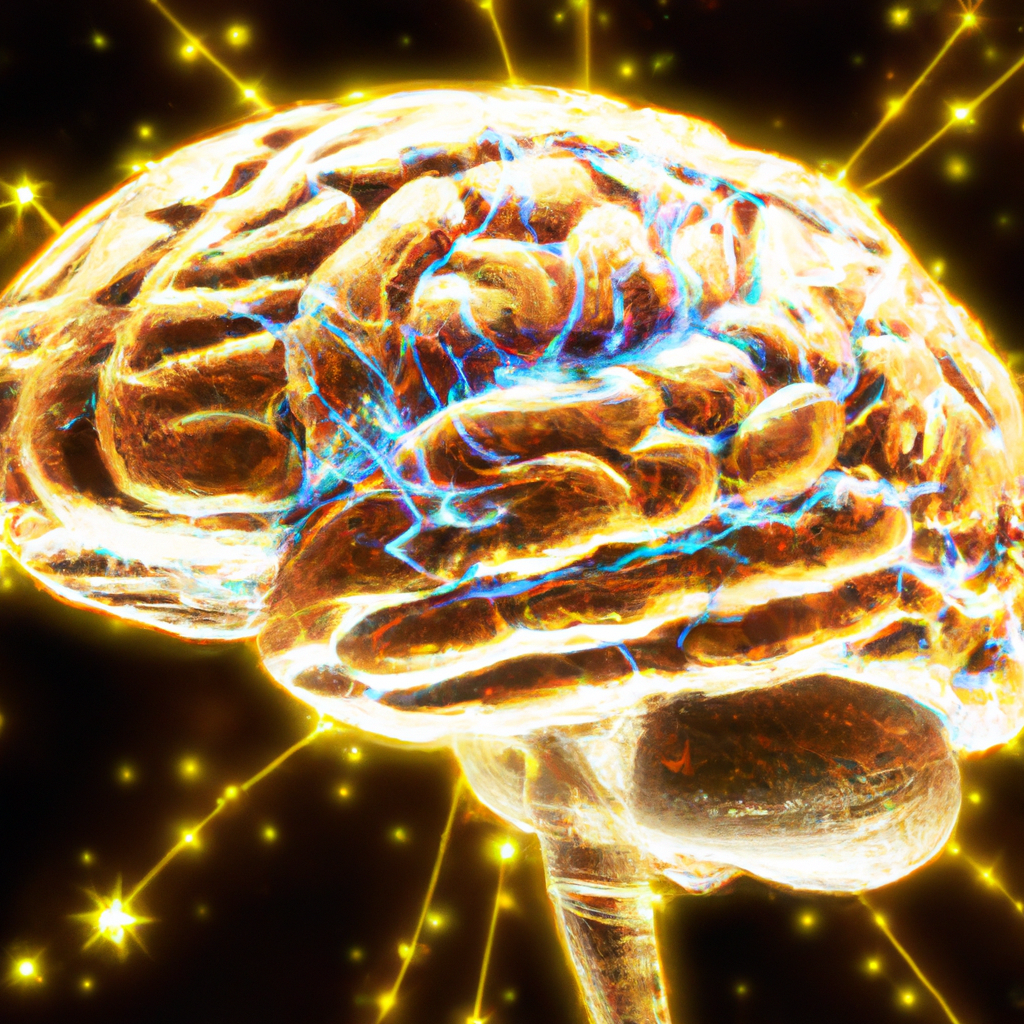Ever wondered how we think, learn, and remember? The human brain, a complex and enigmatic organ, holds the keys to understanding these fundamental aspects of our existence. This blog post delves into the intricate world of cognitive science, exploring how our minds process, store, and retrieve information.
The Structure of the Brain
Our brain is divided into various parts, each responsible for different cognitive functions. The cerebrum, the largest part, is crucial for memory, imagination, and reasoning. Beneath this lies the cerebellum, which coordinates movement and balance. The limbic system, containing the amygdala and the hippocampus, regulates emotions and memory.
Neuroplasticity: The Brain’s Ability to Adapt
One of the most fascinating aspects of the brain is its ability to change and adapt through a process called neuroplasticity. This capability allows the brain to recover from injuries and adapt to new learning experiences. Neuroplasticity is pivotal for practices such as mindfulness and cognitive therapy, which can significantly alter thought patterns and emotional responses.
Cognitive Behaviors and Mental Health
Understanding cognitive behaviors not only helps us grasp how we think but also how these processes affect our mental health. Disorders such as anxiety, depression, and PTSD are linked with patterns of thought that can be understood and treated through cognitive behavioral therapies.
The Future of Mind Science
As technology advances, so does our understanding of the brain. Innovations such as brain-computer interfaces and neuroimaging are pushing the boundaries of what we know about the brain and opening up new possibilities for treating mental disorders.
In conclusion, the journey into the science of the mind is not just about understanding how we think but also improving how we live. By unraveling the mysteries of the brain, we edge closer to enhancing human potential and well-being.






